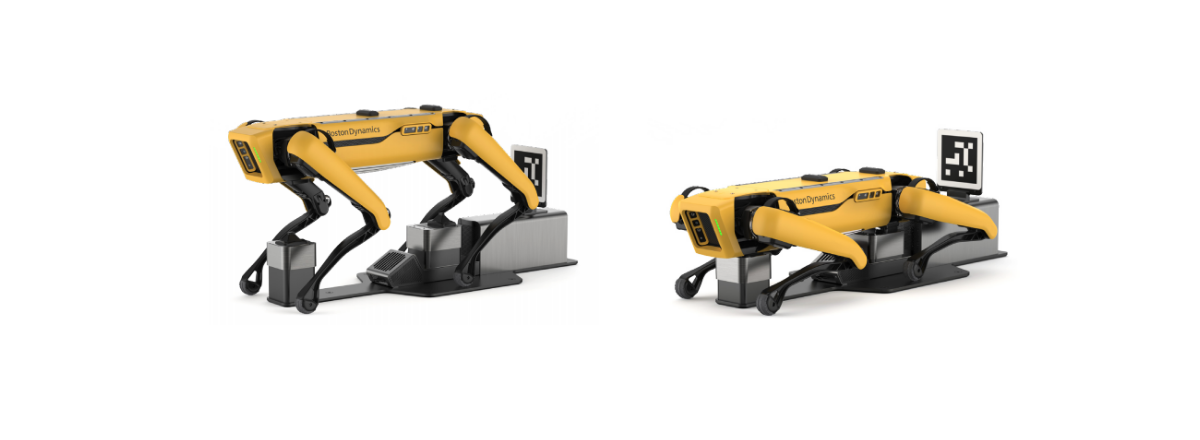On February 2, the famous American robot developer Boston Dynamics presented new products for the industry. The main novelty was the Enterprise Spot.
The main difference between Enterprise Spot and Spot Explorer is a new charging connector and a proprietary docking station. These innovations provide Enterprise Spot with the ability to recharge its internal battery without any human assistance completely. After completing the tasks, the robot returns to the docking station and lies on its stomach on two charging cones. Thus, if Spot Explorer can work on a single battery charge in a specific place for up to 90 minutes, Enterprise Spot can independently charge from a charging station and work remotely for an infinitely long time.
Another distinctive feature of Enterprise Spot is the proprietary Scout remote control system. It allows to control the robot in real-time and assign the execution of various tasks. According to Spot's chief engineer, only a couple of megabits are required. By comparison, Netflix currently recommends a minimum of 3 Mbps connection for watching SD content.

Through the proprietary Scout software interface, you can access the live video feed from the robot's cameras, as well as several simple controls.
Also, there is support for dual-band Wi-Fi and an Ethernet network port in the docking station for fast transfer of data collected during the mission in the new version of Spot. The accompanying technical documentation stipulates that customers may opt-out of transferring data to Boston Dynamics.
Simultaneously, Boston Dynamics unveiled a serial version of the Spot's robotic arm, which it had previously advertised in its promo videos. The manipulator can lift a load weighing up to 11 kilograms and pulling a load weighing up to 25 kilograms.
When and at what price it will be possible to buy has not yet been reported. Recall that the Spot Explorer robot, which went on sale last summer, is offered for $74,500.



